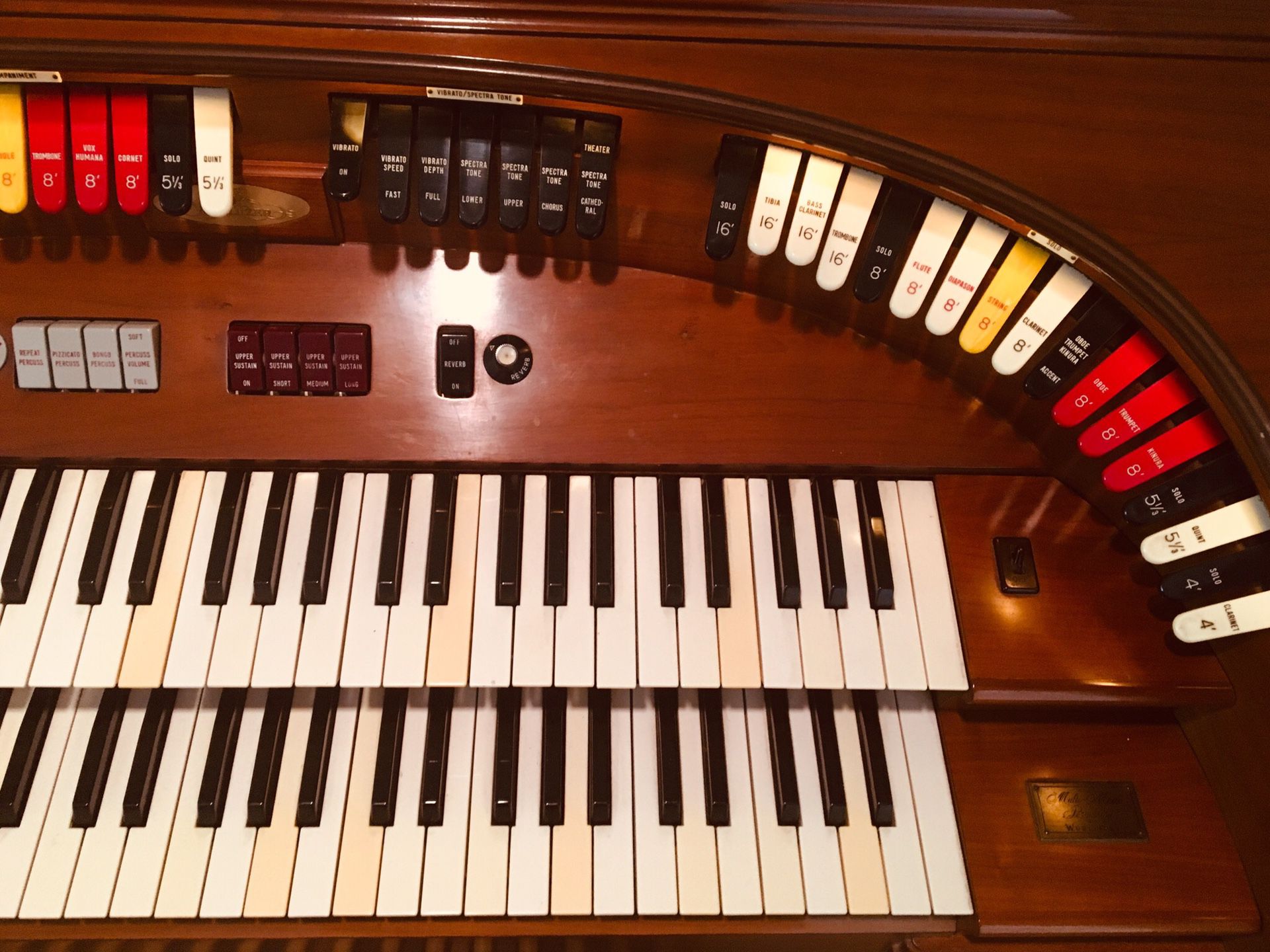

įranz Rudolph Wurlitzer (1831–1914), an immigrant from Schöneck, Saxony, founded the Wurlitzer Company in Cincinnati in 1853. Rembert's shop on 42nd Street in New York City was a leading international center for rare and historic string instruments.


The Rembert Wurlitzer Co., Wurlitzer's rare and historic stringed instrument department, was independently directed by Rudolph Wurlitzer's grandson, Rembert Wurlitzer (1904–1963), from 1948 until his death in 1963. The company ceased manufacturing jukeboxes in 2013, but still sells replacement parts. Vending machines are still manufactured in Germany using the Wurlitzer name under Gibson ownership. Baldwin ceased making Wurlitzer-brand pianos in 2009. Ten years later, Gibson acquired Deutsche Wurlitzer and the Wurlitzer Jukebox and Vending Electronics trademarks, briefly bringing Wurlitzer's best-known products back together under a single corporate banner in 2006. The Baldwin Co., including its Wurlitzer assets, was subsequently acquired by the Gibson Guitar Corporation in about 1996. (commonly called the Baldwin Piano Company) in 1988, and most piano manufacturing moved overseas. manufacturing facilities were acquired by the Baldwin Piano & Organ Co. The Wurlitzer piano and organ brands and U.S. Wurlitzer's jukebox operations were sold and moved to Germany in 1973. Wurlitzer also operated a chain of retail stores where the company's products were sold.Īs technology evolved, Wurlitzer began producing electric pianos, electronic organs and jukeboxes, and it eventually became known more for jukeboxes and vending machines, which are still made by Wurlitzer, rather than for actual musical instruments. Over time, Wurlitzer acquired a number of other companies which made a variety of loosely related products, including kitchen appliances, carnival rides, player piano rolls and radios. During the 1960s, they manufactured Spinet, Console, Studio and Grand Pianos. Wurlitzer is most known for their production of entry level pianos. It quickly expanded to make band organs, orchestrions, player pianos and pipe or theatre organs popular in theatres during the days of silent movies. In 1880, the company began manufacturing pianos and eventually relocated to North Tonawanda, New York. Wurlitzer enjoyed initial success, largely due to defense contracts to provide musical instruments to the U.S. The company initially imported stringed, woodwind and brass instruments from Germany for resale in the United States. These come on when the swell shutters (tracker hole 1) are activated.The Rudolph Wurlitzer Company, usually referred to as simply Wurlitzer, is an American company started in Cincinnati in 1853 by German immigrant (Franz) Rudolph Wurlitzer. These come on when the bells (tracker hole 2) are activated. These come on when the additional automatic stop (tracker hole 3) is activated. Perforations for the trombones are often slightly shorter for emphasis. These are on separate keys from the rest of the bass section. The 3 automatic registers as well as percussion add contrast to the organ allowing for several different levels of expression.

Wurlitzer 153s can easily play in the keys of C and G and with some creative arranging occasionally support the key of D. Despite having only 3 bass notes from the 150 scale, the musicality of this organ is still quite vast being able to play traditional marches and waltzes as well as more popular fox-trots. William Dentzel as well as other carousel companies marketed their rides with the style 153 through the 20's and to this day, several examples of 153s with their original carousels still exist. The 153 is the smallest organ Wurlitzer built where every single organ was equipped with this system. In addition, all Wurlitzer 153 band organs were equipped with Wurlitzer's duplex roll system this allows for continuous music without waiting for a roll to rewind.
WURLITZER ORGAN MODEL 4520 FULL
The popularity of this organ is thanks to it's attractive carved facade and full rich sound - all of which being able to fit in a relatively small space.


 0 kommentar(er)
0 kommentar(er)
